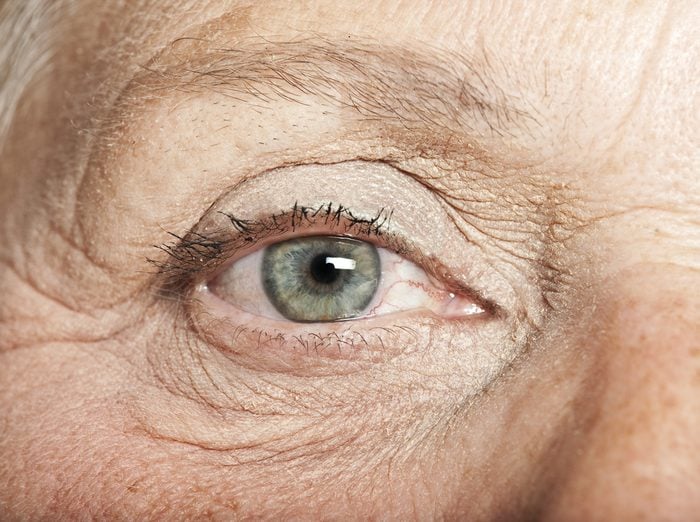Why Your Eyes Could Be Key to Early Alzheimer’s Diagnosis
Updated: Apr. 27, 2024

Your eyes aren’t just the windows to your soul. New research confirms growing evidence that Alzheimer's can be detected with a common eye scan.
Could a trip to the eye doctor also provide a way to diagnose Alzheimer’s disease? New research suggests that the first signs of Alzheimer’s can be found in the eyes’ retina at an early stage, long before the cognitive effects can be seen. This study backs up earlier ones that showed small blood vessels in the back of the eye may reveal the disease progression in your brain. A common eye scan can spot these changes before much damage has been done.
This link between the eyes and Alzheimer’s disease follow recent major news of breakthrough treatments, as well as a new blood test that detects Alzheimer’s with 96% accuracy.
Alzheimer’s and Your Eyes: What We Know
The study, published in February in the journal Acta Neuropathologica, found significant increases in a key marker of Alzheimer’s disease, beta-amyloid, in people with Alzheimer’s. The study collected retinal and brain tissue samples from 86 human donors with Alzheimer’s disease with cognitive impairment over 14 years. This was the largest group of retinal samples ever studied. Researchers then compared samples from donors with normal cognitive function to those with mild cognitive impairment and those with later-stage Alzheimer’s disease.
The latest study builds on previous studies reported by the American Academy of Ophthalmology suggesting that a type of imaging known as optical coherence tomography angiography (OCTA) could help medical professionals spot signs of Alzheimer’s disease in the small veins in the back of the eye. Although neurologists can use brain scans to spot the damage of Alzheimer’s, Ygal Rotenstreich, MD, an ophthalmologist at the Goldschleger Eye Institute at Sheba Medical Center in Israel, and lead researcher of one study, said in a press release, at that point “the disease is well beyond a treatable phase.” The goal of the research was to find an accurate, inexpensive test that can spot Alzheimer’s before too much damage has occurred.
In the first study, researchers at Duke University used OCTA to study retinas of Alzheimer’s patients and then compared them with those of people with mild cognitive impairment, as well as healthy people. The theory is that the blood vessels in the back of the eye may mirror changes happening within the brain. The researchers found that members of the Alzheimer’s group were losing small retinal blood vessels at the back of the eye; they also found that a specific layer of the retina was thinner.
In Dr. Rotenstreich’s study, researchers did OCTA and brain scans on more than 400 people who had a family history of Alzheimer’s—but had not yet developed symptoms. They compared the images with those from people with no family history of the disease. As in the first study, Dr. Rotenstreich also found that the inner layer of the retina was thinner in people with a history of Alzheimer’s. The study also noted that the hippocampus, an area of the brain that’s first affected by the disease, had already begun to shrink.
While researchers are still looking for effective ways to manage Alzheimer’s, the tools that exist now work better when the disease is in earlier stages. “We need treatment intervention sooner,” Dr. Rotenstreich said. “These patients are at such high risk.”
Why Is Early Alzheimer’s Detection Important?
“Alzheimer’s disease begins in the brain decades before the first symptoms of memory loss,” Dr. Richard Isaacson, a neurologist at the Institute for Neurodegenerative Diseases, told CBS News. Catching the sign of the disease early can help people make healthier choices and address risk factors like high blood pressure and diabetes.
Get The Healthy @Reader’s Digest newsletter and follow The Healthy on Facebook, Instagram, and Twitter. Keep reading:
